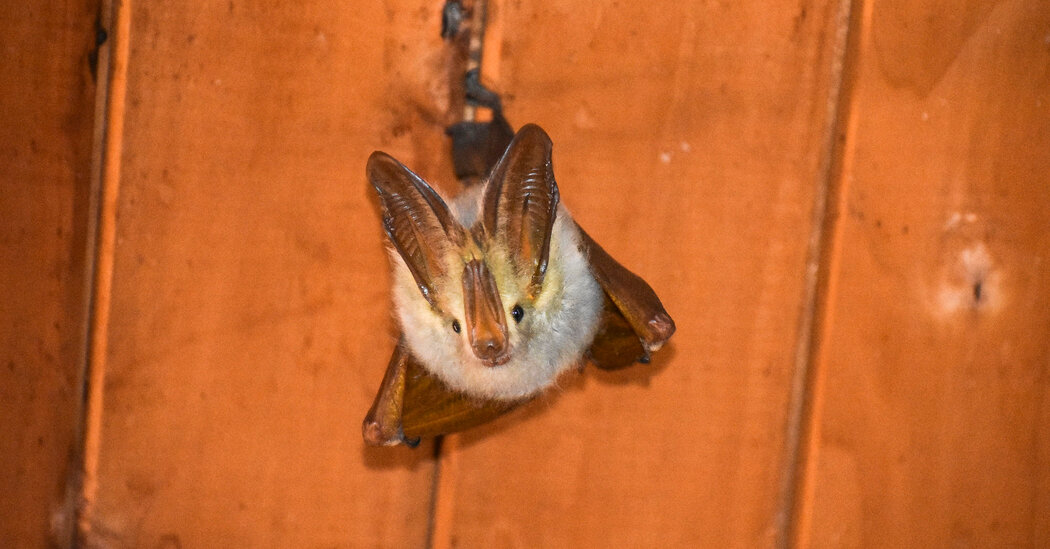Despite a common narrative that male mammals tend to dwarf female ones, fewer than half of mammalian species display that pattern, a new study suggests.
Female elephant seals are not delicate creatures. They are rippling tubes of muscle and blubber that can weigh more than 1,000 pounds. Still, female elephant seals are absolutely dwarfed by their male counterparts, which are typically at least three times heavier.
It is an extreme case of what is known as sexual size dimorphism, and one that fits within a longstanding narrative that male mammals tend to be larger than female ones.
A new analysis of a diverse array of more than 400 mammalian species paints a more complex picture. Males outweigh females in 45 percent of mammalian species, scientists found. But in nearly as many — 39 percent — both sexes are the same mass. And in 16 percent of species, females are the heavier sex.
“What we found is that there is no norm,” said Kaia Tombak, a postdoctoral researcher at Purdue University and an author of the new study, which was published in Nature Communications on Tuesday.
The conventional wisdom about male size may derive, in part, from biases in scientific literature, which have disproportionately focused on mammalian species in which larger males are common, Dr. Tombak said.
It is not the first study to challenge the size narrative, which dates back to at least Charles Darwin in the 19th century. But it highlights the need to conduct more research into the varied mating systems, reproductive strategies and evolutionary forces shaping mammals, scientists said.
